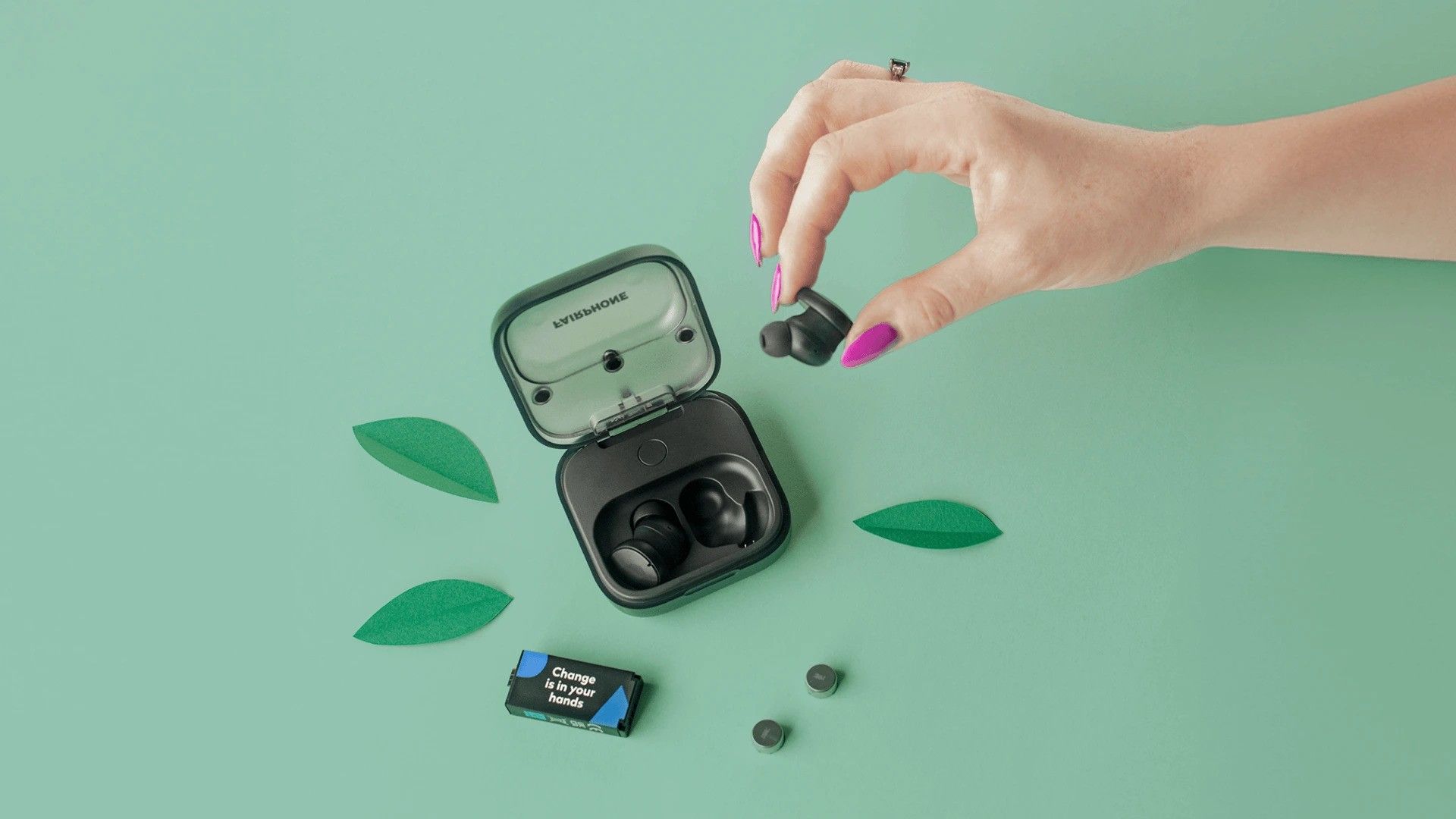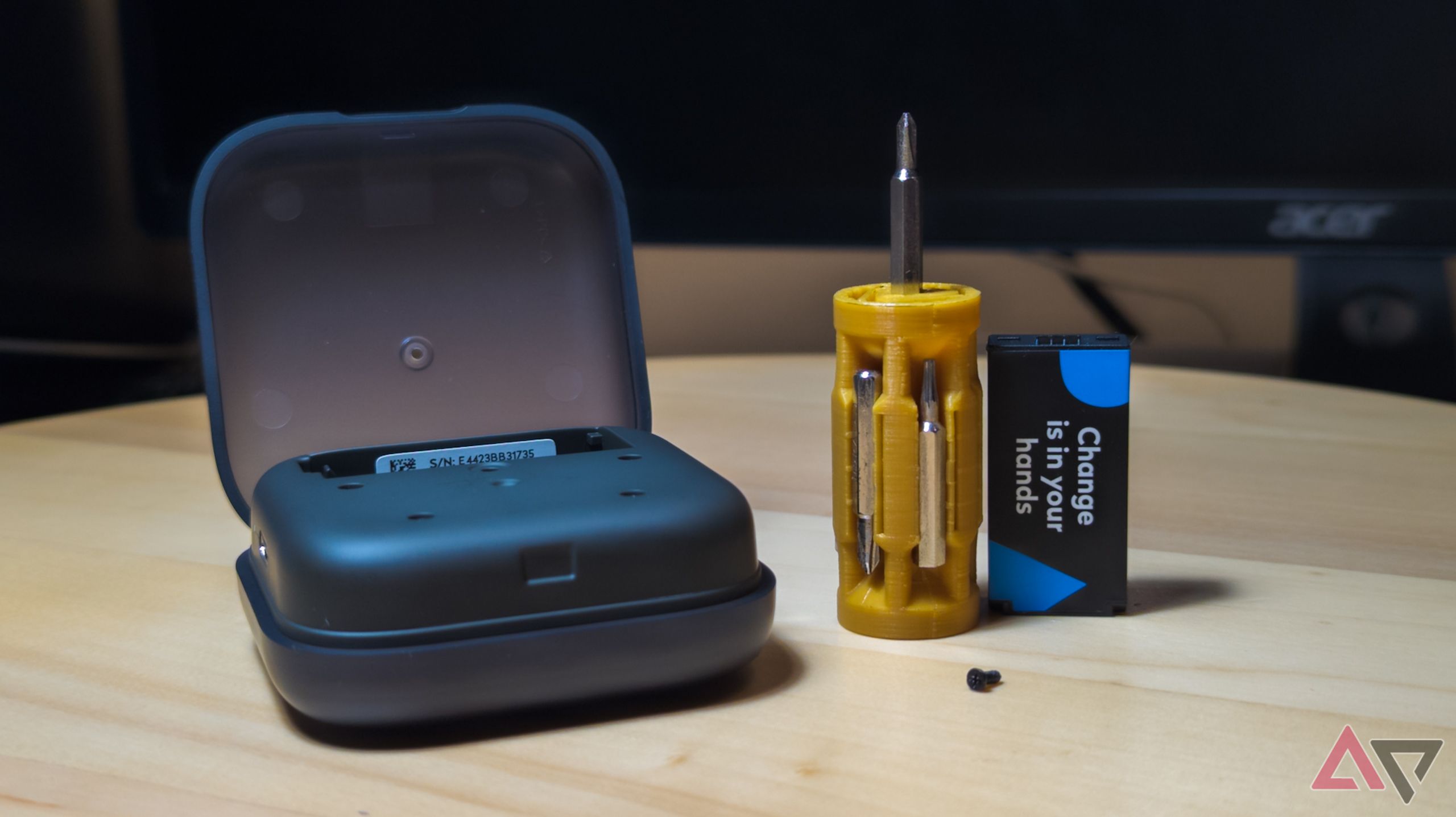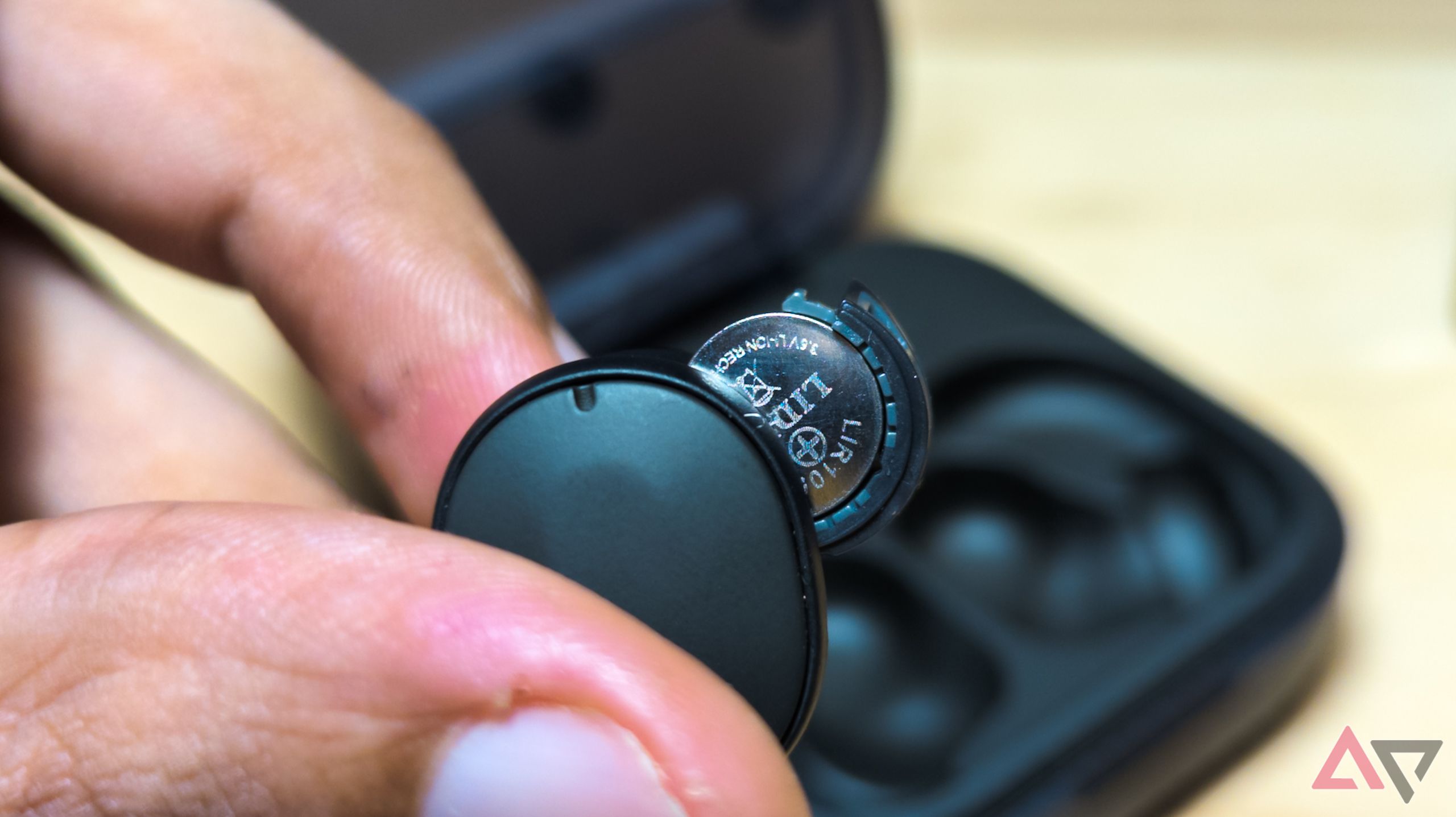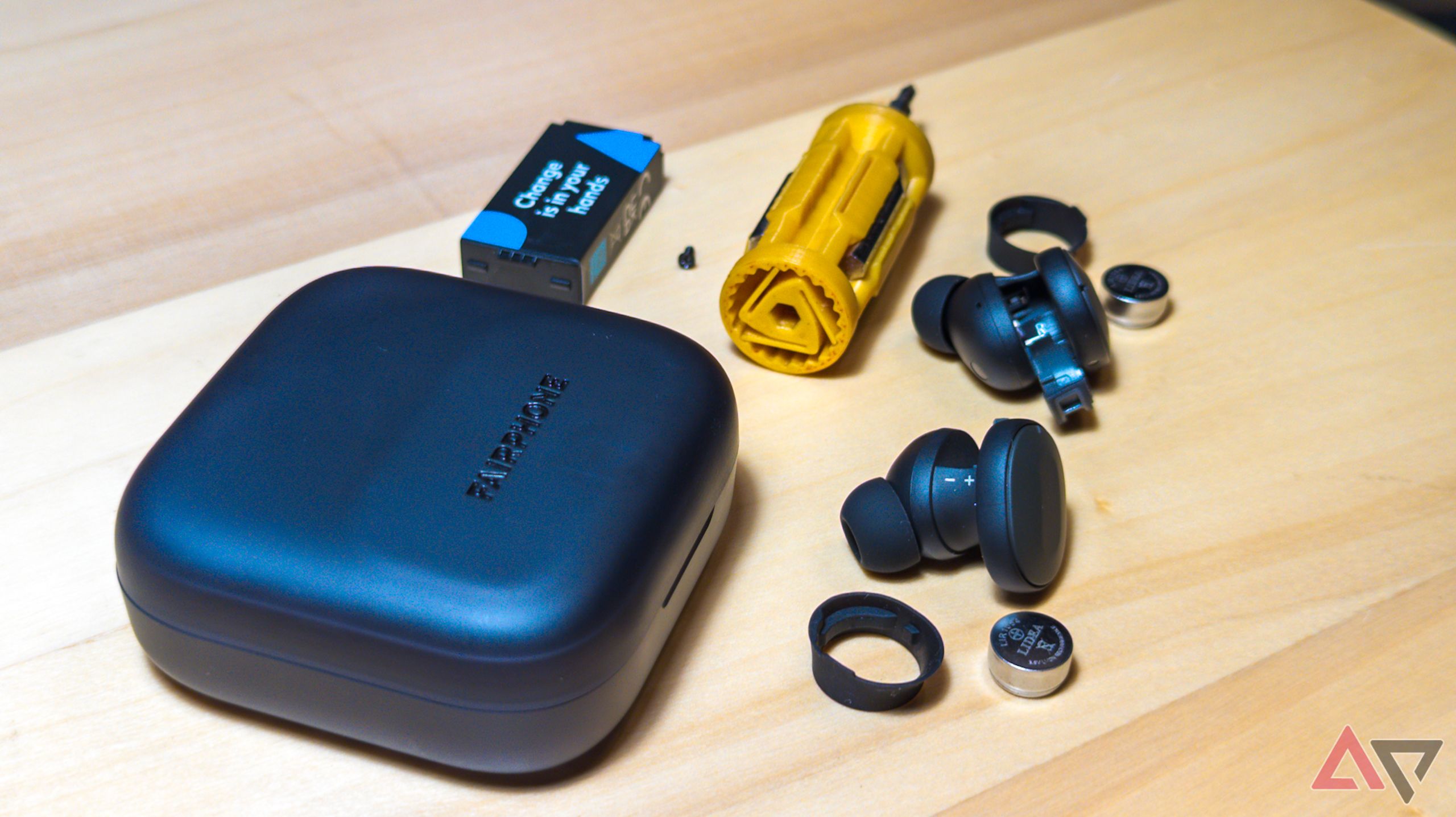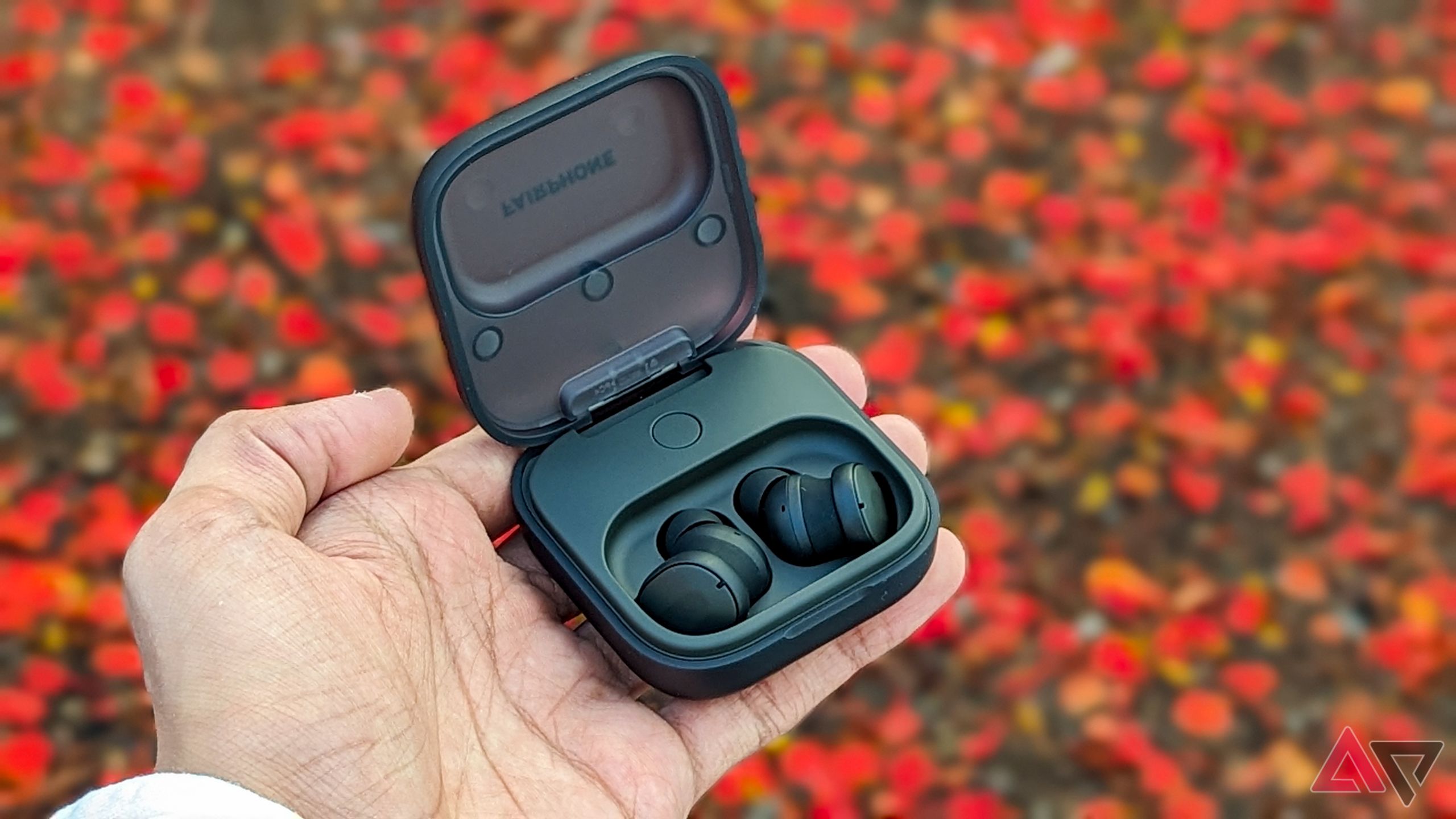Buying new earbuds is often easy enough because there are a few good budget options and an acclaimed list of high-end earbuds with all the bells and whistles. However, earbuds dying just outside the warranty period or simply ceasing to function seems to be the new norm. Lest I forget, most earbuds are fragile and glued shut, making them irreparable.
While the consumer audio industry lies in such a deplorable state, our only hope is a handful of brands like iFixit, Framework Computer — and of course, Fairphone. The company’s Fairbuds are the latest addition to its catalog, packing active noise cancelation (ANC), dual-point connectivity, a companion app, and most other features you might need, all backed by a three-year warranty and the repairability of a Nokia from 2003.
While a battery in the charging case for your earbuds can be easily modified for convenient replacement, creating earbuds boasting the same feature isn’t as straightforward, especially if you want to retain a modicum of sweat and water resistance. The Fairbuds are IP54 rated, implying some interesting engineering went into the buds, so I decided to tackle the battery replacement completely uninitiated by a how-to guide or instructional video. We don’t condone such an approach, but Fairphone doesn’t have a guide easily accessible on the product page, and idiot-proofing is considered the hallmark of a good design, right?
Taking user-replaceable batteries seriously
Batteries in each earbud and their charging case are swappable
Yes, these €150 earbuds are big on repairability, with removable batteries for the charging case paired with rechargeable and removable coin batteries in either earbud. Fairphone also says users can replace the outer shell, case core, individual earbuds, eartips (obviously), and silicone gaskets on the earbuds, besides the batteries. Although they aren’t available on Amazon in the US, the Fairbuds set the precedent for what environmentally conscious buyers expect from modern tech. For instance, consumers would’ve had it a lot easier if Sony’s WF-1000 XM4 botched earbud firmware update only destroyed easily replaceable batteries.
Opening the case is a cakewalk
With the buds still in the case, I flipped the case over and found a singular size-zero Phillips head screw holding the shell shut. With that removed, I was able to pop the back open like the hood of a car since it shared the hinge with the case lid. Inside, I found the case core held together by more screws of the same specifications, so you don’t even need to change screwdrivers if you proceed to replace the core after pulling the battery out.
Fairphone’s small 500mAh battery has a notch on one end to make prying it out easier. Once removed, we can see it interfaces with a standard three-pin connector like the ones seen in DSLR cameras and other electronics somehow surviving with removable batteries.
Adhesive isn’t necessary for water resistance
With the case battery ejected in minutes, thanks to a polished design, I fully expected the earbuds to be equally easy to disassemble. However, you need to set the Phillips head aside and grab a flat head screwdriver instead, or better still, a similar tweezer. I started by gently pulling the elastic band off towards the conical eartip while grabbing its notched end and wiggling the earbud gently.
Once removed, I found a hinged battery door that opens where the +/- polarity is marked on the earbud shell. It swings outwards to reveal a coin battery inside. You can easily repeat the steps for the other earbud, but a closer look at the elastic bands I just slipped off revealed the inner side was patterned and tapered. This helps the band slide on only one way, and then lock on to the grooves in the battery door, ensuring a watertight seal that should resist anything but submersion — ingenious indeed. Even the battery door snaps shut and needs a little leverage to open.
As an engineer with design experience, I couldn’t help but appreciate little details like how the coin battery doesn’t clumsily fall out of its cradle once opened. You can insert and remove the battery only at an angle. Even the waterproof elastic band only goes on one way, since it is wider towards the eartips. The internal grooving also bulges visibly if the band isn’t seated correctly.
Reassembling the batteries in the earbuds and the case takes around 10 minutes, and then you’re off to the races again. However, there are downsides too — all the screws thread into plastic, and over-tightening could strip the hole of its threading or crack the part.
Consumer audio brands should fear the Fairbuds
If only they were available worldwide
While coin batteries in the Fairbuds help their repairability, they aren’t as space-efficient as LiPo alternatives, thus making the earbuds larger. However, these are the first mass-market earbuds in a long time that prove that current-gen features can be engineered into products without gluing them shut under the pretext of better water resistance. I surely don’t remember the last time I went for a swim with my buds in.
In the little while I spent using them, the Fairbuds’ sound quality and mic clarity during calls were middling. However, the ANC, transparency modes, and battery life performed exactly as advertised. If customers are in for a similar positive experience dealing with Fairphone’s warranty department, we would enthusiastically recommend the Fairbuds for everyday use if you need durability and repairability. Unfortunately, these earbuds aren’t for sale in the US, and your best bet would be a private import after purchasing them through the brand’s online store.
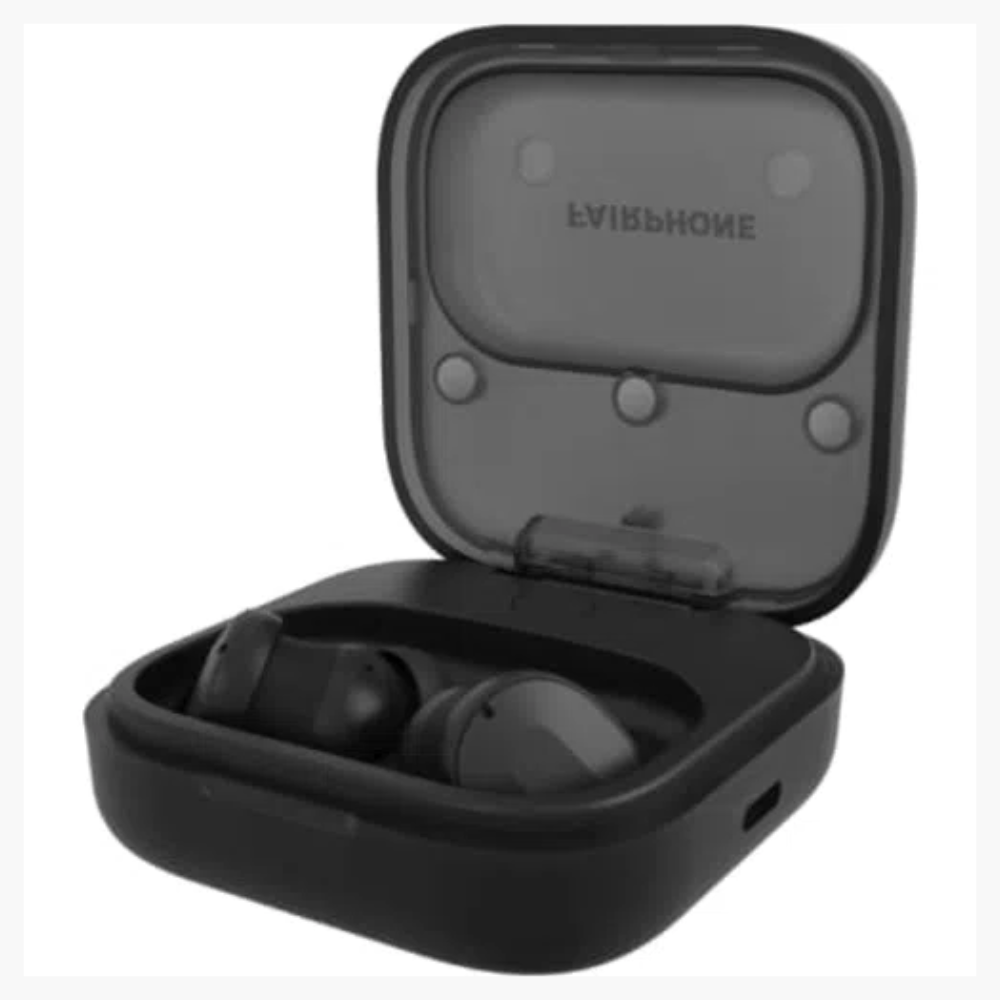
Fairphone Fairbuds
The Fairphone Fairbuds may not be affordable or available in the US immediately, but might be a worthwhile investment if you value longevity and repairability of products more than how the earbuds sound and how large they are.
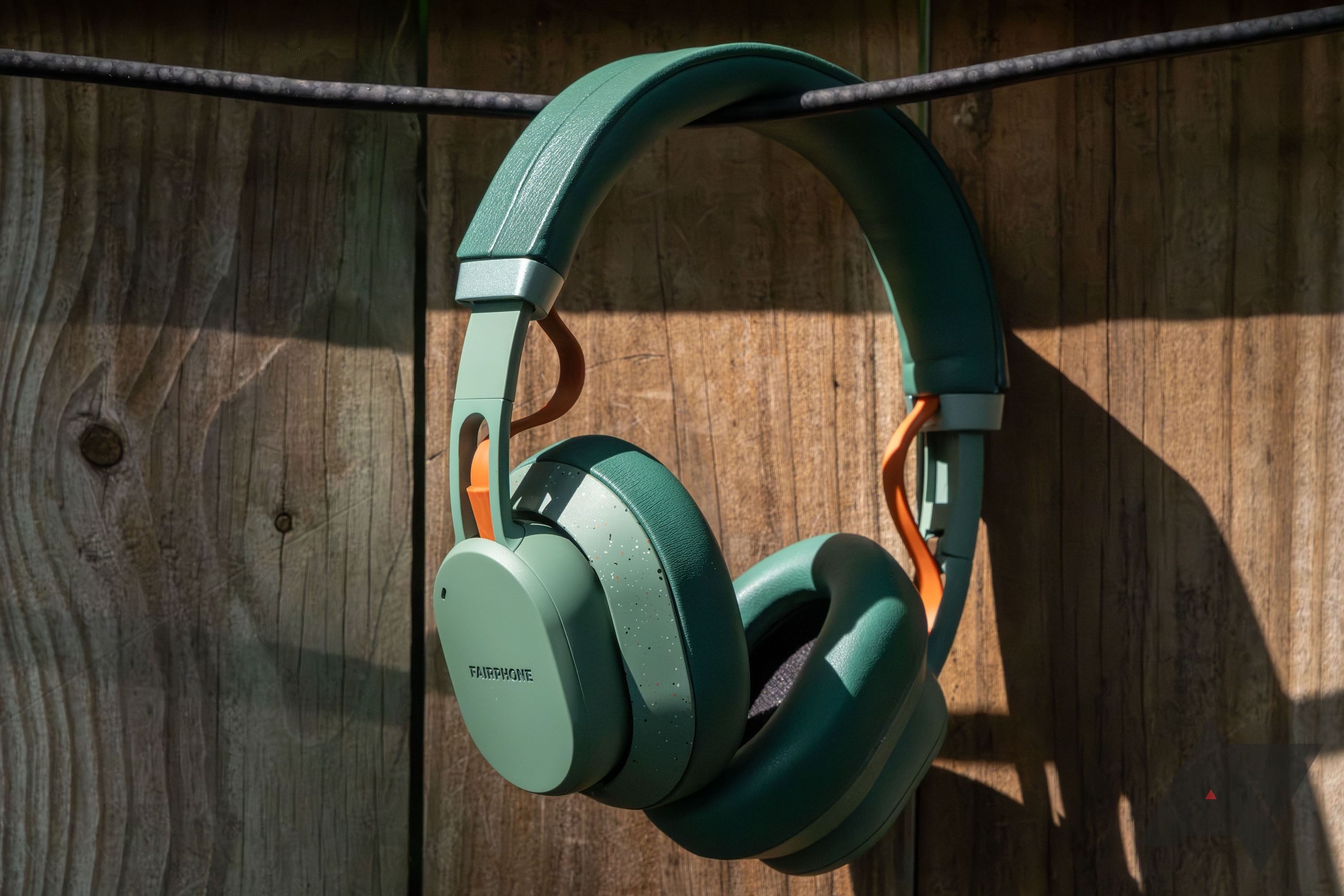
Fairphone Fairbuds XL review: Sustainable hardware, second-rate audio
You could keep these headphones going for years — but would you want to?




